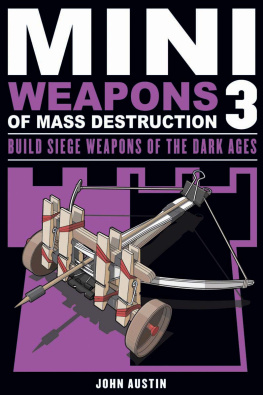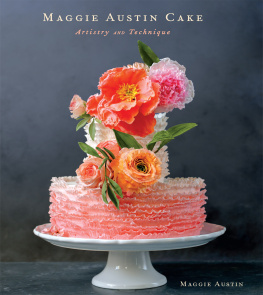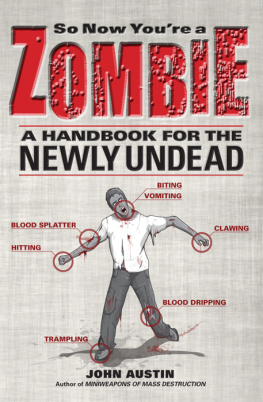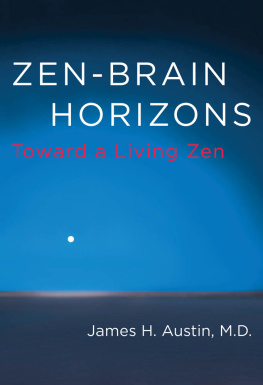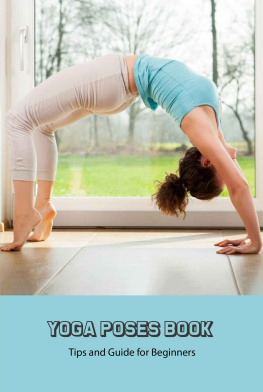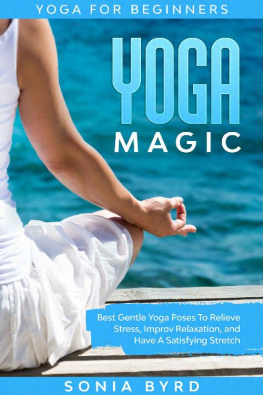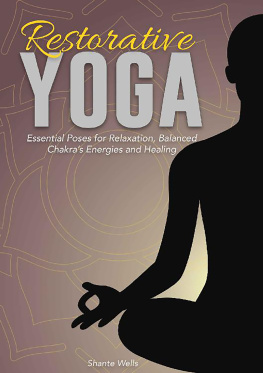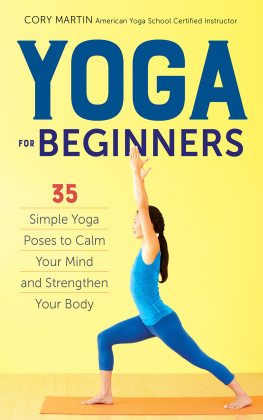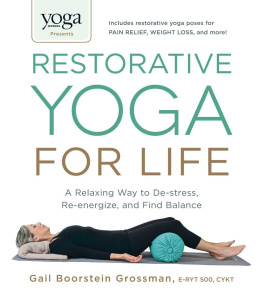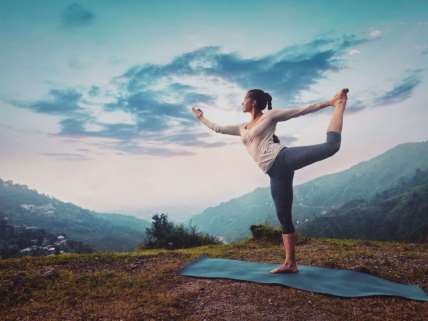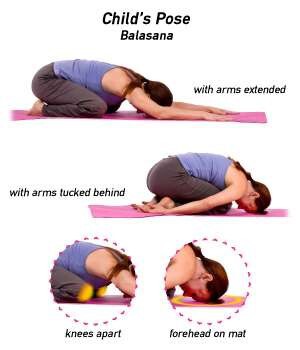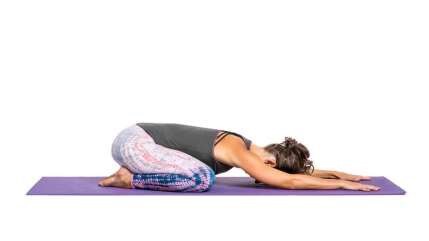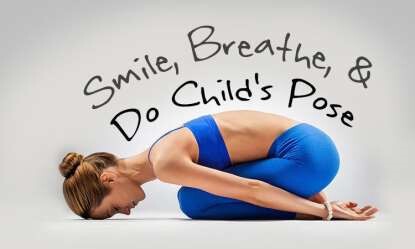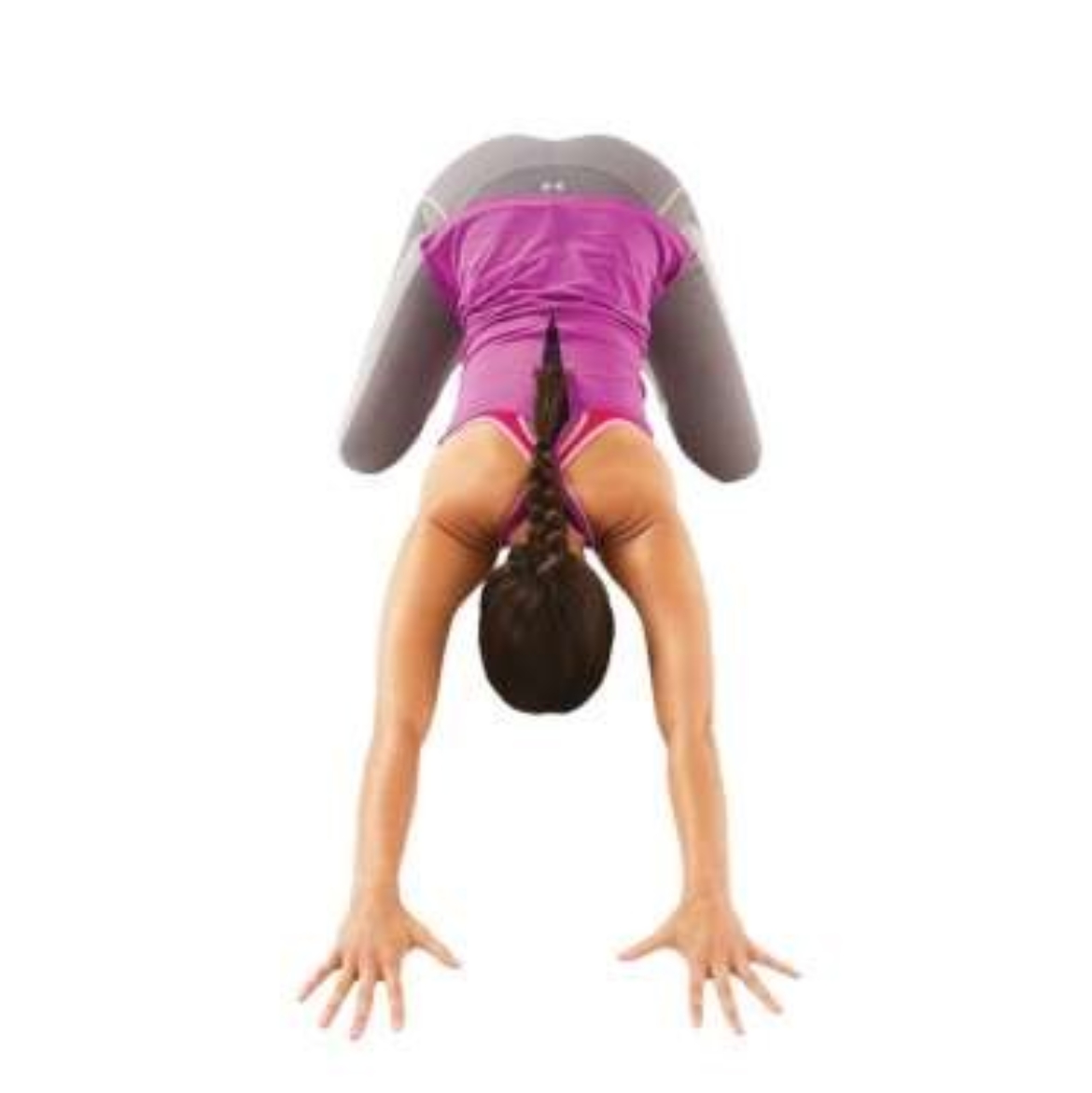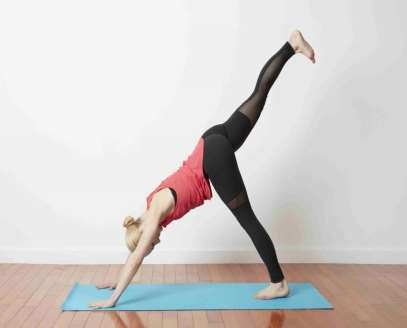YOGA Guidebook
7 Simple Yoga Poses You Should
Try
Copyright 2021
All rights reserved.
DEDICATION
The author and publisher have provided this e-book to you for your personal use only. You may not make this e-book publicly available in any way. Copyright infringement is against the law. If you believe the copy of this e-book you are reading infringes on the author's copyright, please notify the publisher at: https://us.macmillan.com/piracy
Contents
The building blocks of yoga are poses. These are good ones to learn as you build a regular yoga practice.
These 10 poses are a complete yoga workout. Move slowly through each pose, remembering to breathe as you move. Pause after any pose you find challenging, especially if you are short of breath, and start again when your breathing returns to normal. The idea is to hold each pose for a few, slow breaths before moving on to the next one.
I . Child's Pose
Child's Pose Balasana (bah-LAHS-uh-nuh) is a common beginner's yoga pose. It is often used as a resting position in between more difficult poses during a yoga practice. The word "Balasana" comes from the Sanskrit words "bala" (meaning "child") and "asana" (meaning "pose").
Benefits of Childs Pose
Child's Pose helps to stretch the hips, thighs, and ankles while reducing stress and fatigue. It gently relaxes the muscles on the front of the body while softly and passively stretching the muscles of the back torso.
This resting pose centers, calms, and soothes the brain, making it a therapeutic posture for relieving stress. When performed with the head and torso supported, it can also help relieve back and neck pain. Sometimes used as a counter-pose to backbends, Child's Pose restores balance and equanimity to the body. This calming pose is a good default pause position. You can use childs pose to rest and refocus before continuing to your next pose. It gently stretches your lower back, hips, thighs, knees and ankles and relaxes your spine, shoulders and neck.
Do it: When you want to get a nice gentle stretch through your neck spine and hips.
Skip it: If you have knee injuries or ankle problems. Avoid also if you have high blood pressure or are pregnant. Modify: You can rest your head on a cushion or block. You can place a rolled towel under your ankles if they are uncomfortable.
Be mindful: Focus on relaxing the muscles of the spine and lower back as you breathe .
Begin on your hands and knees. Center your breath, and begin to let your thoughts slow down. Turn your awareness inward.
Spread your knees wide apart while keeping your big toes touching. Rest your buttocks on your heels.
Those with very tight hips can keep their knees and thighs together.
Sit up straight and lengthen your spine up through the crown of your head.
On an exhalation, bow forward, draping your torso between your thighs. Your heart and chest should rest between or on top of your thighs. Allow your forehead to come to the floor.
Keep your arms long and extended, palms facing down. Press back slightly with your hands to keep your buttocks in contact with your heels. Lengthen from your hips to your armpits, and then extend even further through your fingertips.
For deeper relaxation, bring your arms back to rest alongside your thighs with your palms facing up. Completely relax your elbows.
Let your upper back broaden. Soften and relax your lower back. Allow all tension in your shoulders, arms, and neck to drain away.
Keep your gaze drawn inward with your eyes closed.
Hold for up to a minute or longer, breathing softly.
To release the pose, gently use your hands to walk your torso upright to sit back on your heels.
Modifications & Variations
Since Child's Pose is a resting position, its important to make whatever modifications you need to feel comfortable, safe, and supported in the pose. Here are a few suggestions:
If you have difficulty resting your buttocks on your heels, place a thickly folded blanket between the backs of your thighs and your calves.
Spreading the knees wider apart can create a deeper stretch in the hips. Only spread your knees as wide as is comfortable for you do not strain or force your body to extend deeper in this pose.
Pad the tops of your feet with a blanket. You can also fold your mat for extra padding under your feet.
Rest your forehead on a firm pillow, bolster, or stack of blankets. Alternatively, you can make fists and stack your hands, then rest your forehead on your stacked fists.
Keeping your arms extended opens the shoulders and chest, but doing so makes the pose a bit more active. For a more restorative pose, rest your arms alongside your thighs.
Tips
Use Child's Pose throughout your practice whenever you need a break between poses or if you get out of breath. Return to the practice when you are ready.
Breathe consciously and fully into the back of your torso. Imagine your back is doming toward the ceiling, allowing the spine to lengthen and widen. With each exhalation, release your front torso a little deeper into the pose.
Relax & Let Go
Child's Pose is a simple way to calm your mind, slow your breath, and restore a feeling of peace and safety. Practicing the pose before bedtime can help to release the worries of the day. Practicing in the morning can you help transition from sleeping to waking. Regularly integrating Child's Pose into your practice will create serenity and overall well-being both on and off the mat.
II . Downward-Facing Dog
Downward-facing dog strengthens the arms, shoulders and back while stretching the hamstrings, calves and arches of your feet. It can also help relieve back pain.
Step-by-Step Instructions
Step 1
Come onto the floor on your hands and knees. Set your knees directly below your hips and your hands slightly forward of your shoulders. Spread your palms, index fingers parallel or slightly turned out, and turn your toes under.
Step 2
Exhale and lift your knees away from the floor. At first keep the knees slightly bent and the heels lifted away from the floor. Lengthen your tailbone away from the back of your pelvis and press it lightly toward the pubis. Against this resistance, lift the sitting bones toward the ceiling, and from your inner ankles draw the inner legs up into the groins.
Step 3
Then with an exhalation, push your top thighs back and stretch your heels onto or down toward the floor. Straighten your knees but be sure not to lock them. Firm the outer thighs and roll the upper thighs inward slightly. Narrow the front of the pelvis.


